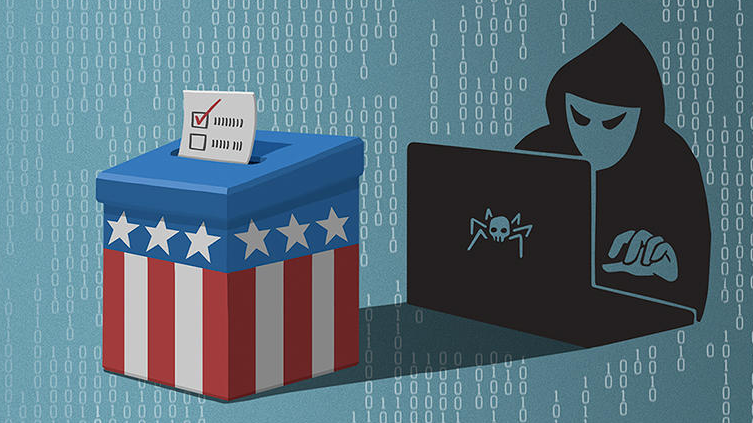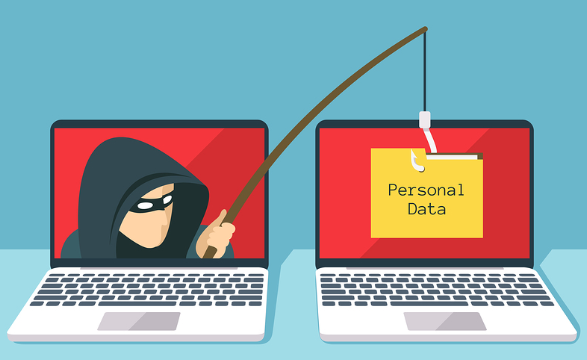On November 6th, citizens will cast their votes for governors, state officials, or members of Congress, either continuing to support the incumbent or opting to make a change with a new candidate. In any event, the work of campaigning and elections are big business…especially for scammers.
With so much discussion about the mid-term elections, thieves have launched a wide variety of election season scams to steal personally identifiable information, financial resources, or both.
1. Phishing attempts – Candidates and political parties rely on emails and phone calls to connect with voters, and scammers are using the same tactics. By posing as members of a campaign, scammers target their victims with phony donation requests, fake news articles that encourage them to click and input their information to read, and more. The goal in these scams isn’t just money, but also access to your personal data.
2. Donation requests – It takes a lot of money to put on an effective campaign, so political candidates often request donations, host fundraisers, and more. Thanks to online platforms, candidates or their team members can request money via social media and platforms like GoFundMe or PayPal. However, the natural mechanism that allows candidates to do that effectively also means a scammer can do it, too. Be on your guard for similar names, “patriotic”-sounding organizations, and issue or party-centric groups that are not actually affiliated with anyone campaigning.
3. Fake robocalls – There have already been reports of robocalls associated with particular candidates for promotional purposes, and remember, charitable organizations and political ads are two of the categories that are exempt from the Do Not Call registry. However, some of the robocalls have not only been spoofed or use stolen recordings of the candidates, but some of them have also even been highly offensive and designed to get the listener to interact.
So how are you supposed to protect yourself from elections season scams? By using the exact same good habits that are designed to keep you safe from scams throughout the year. Never give out your information or verify your identity to someone who contacts you; never make a spur-of-the-moment donation or spontaneously pay a fee, fine, or bill; remember that anyone can create an email account or website, and it doesn’t take any effort or know-how to copy or mimic an existing organization.





